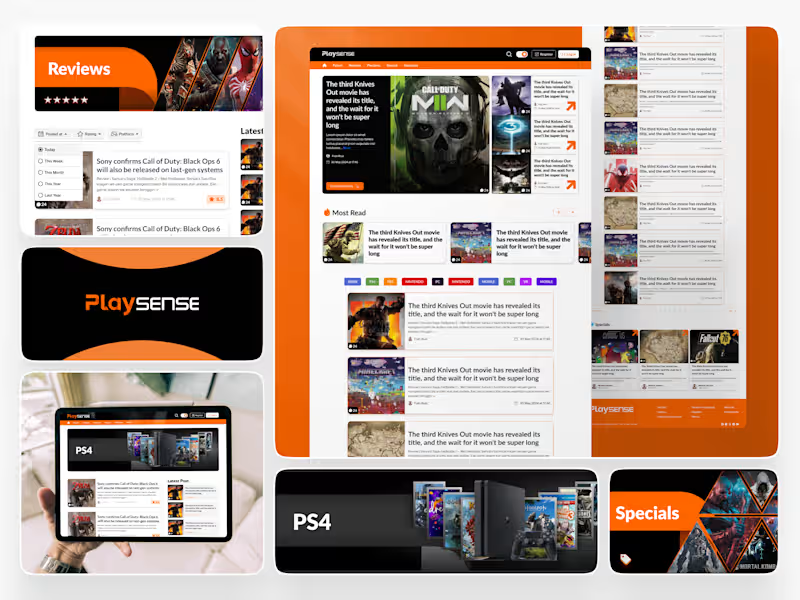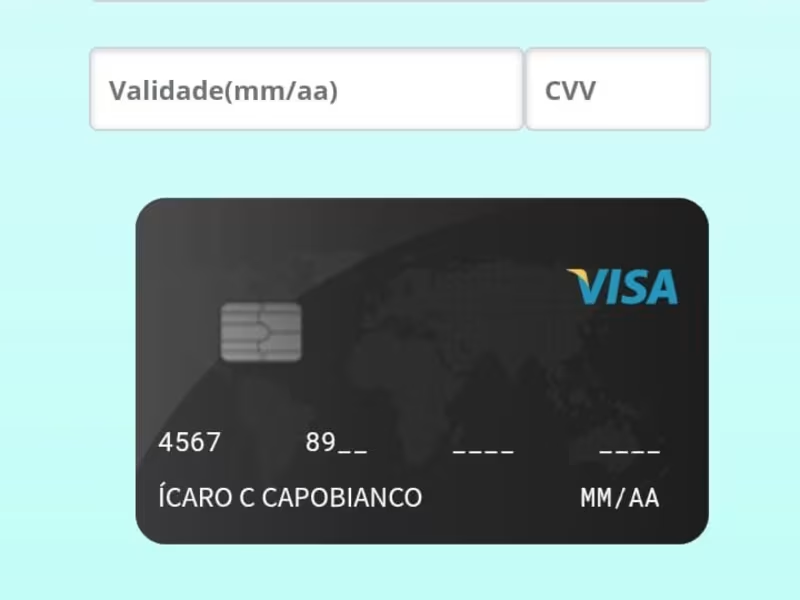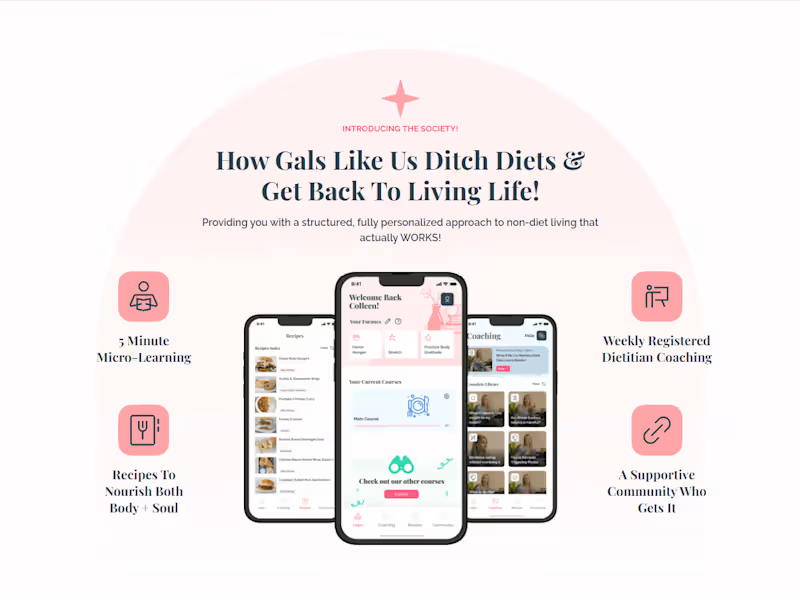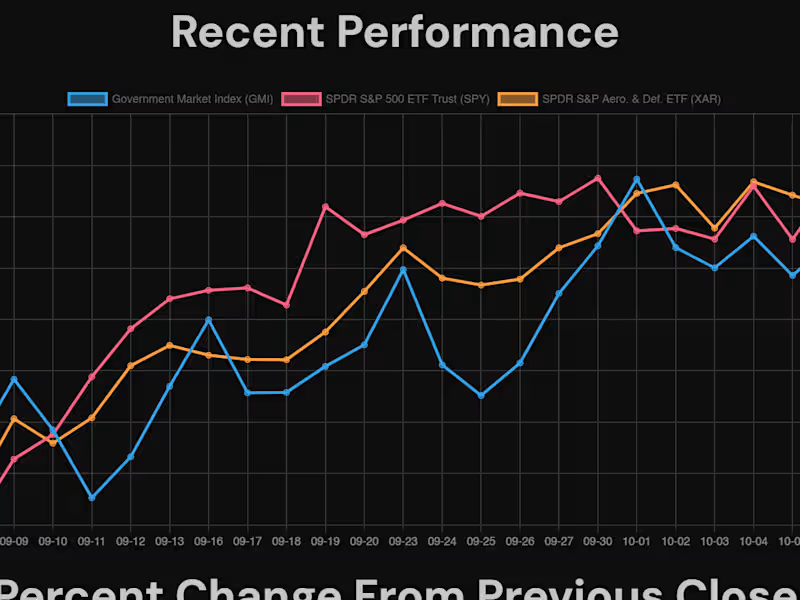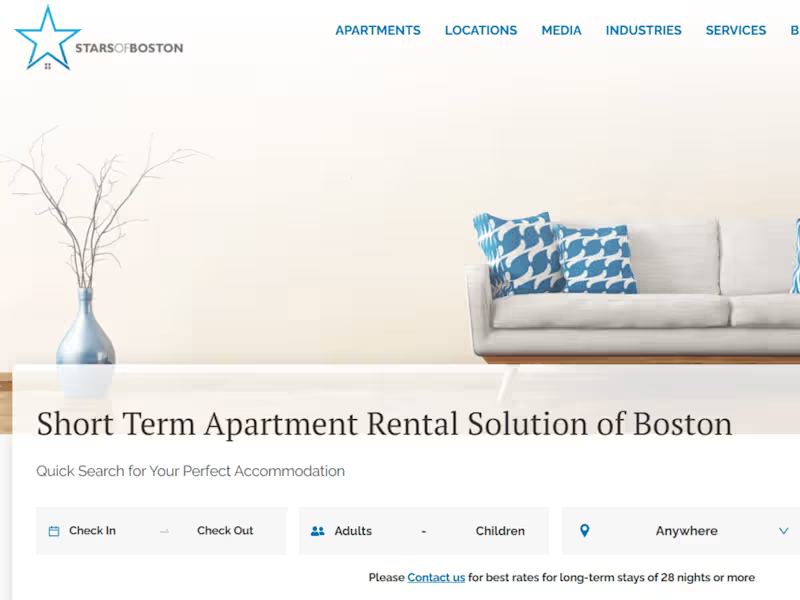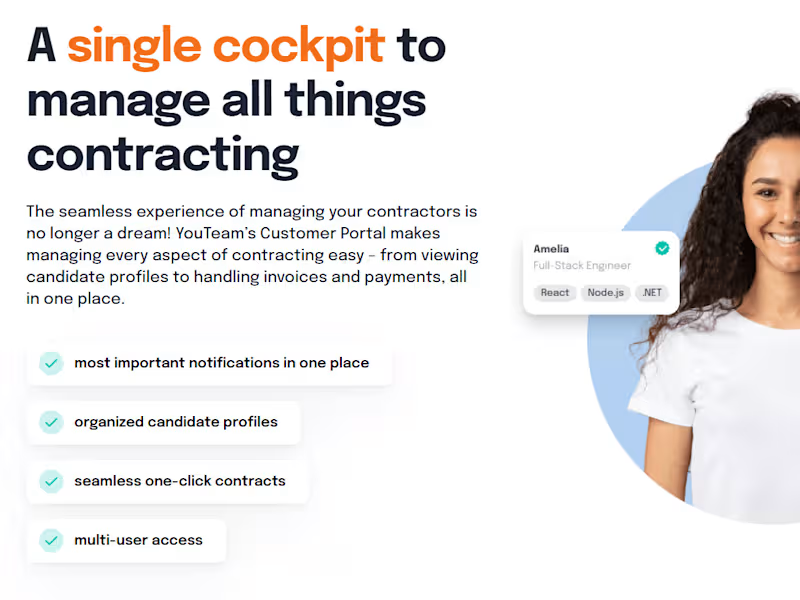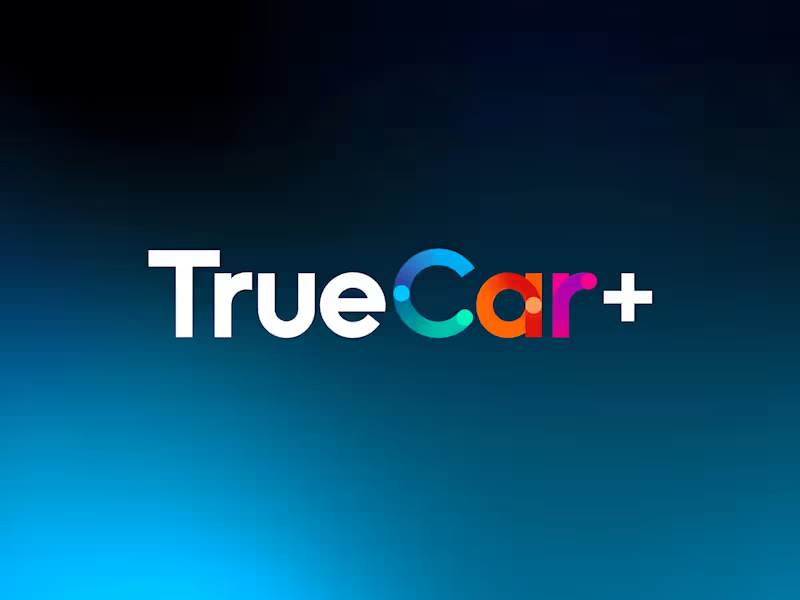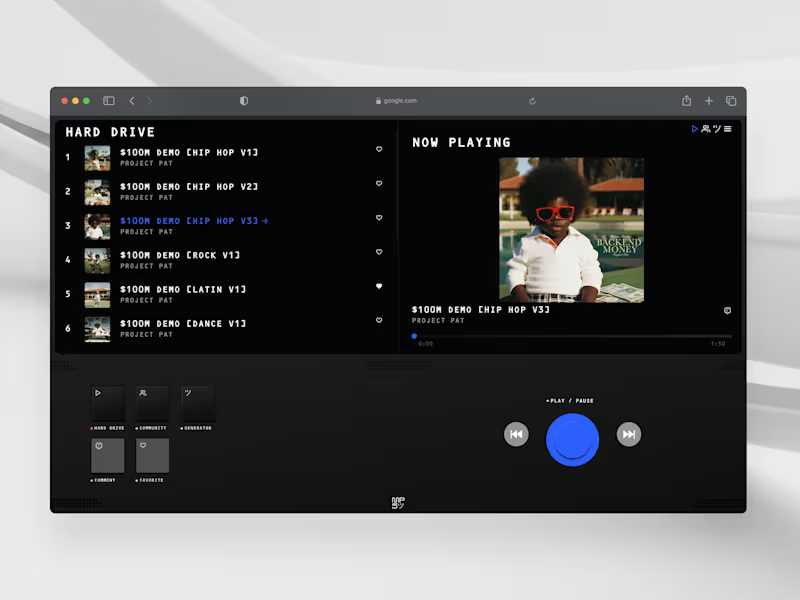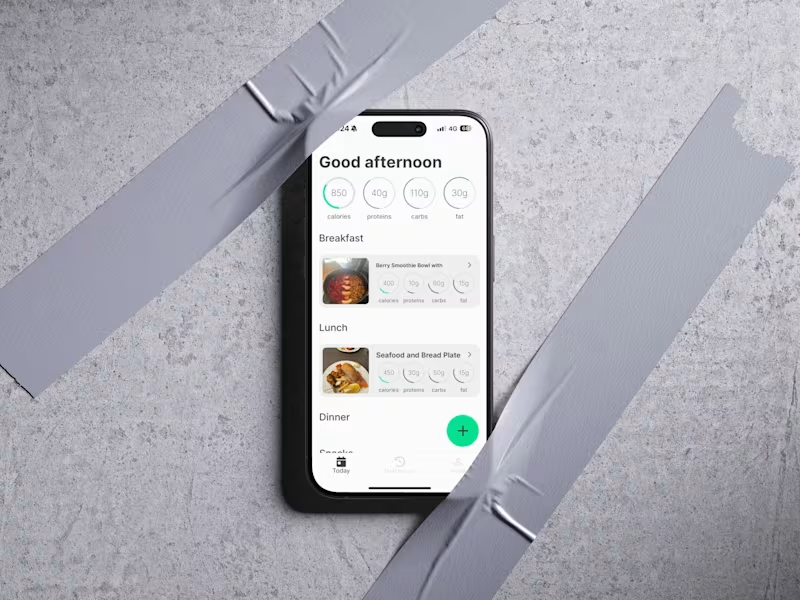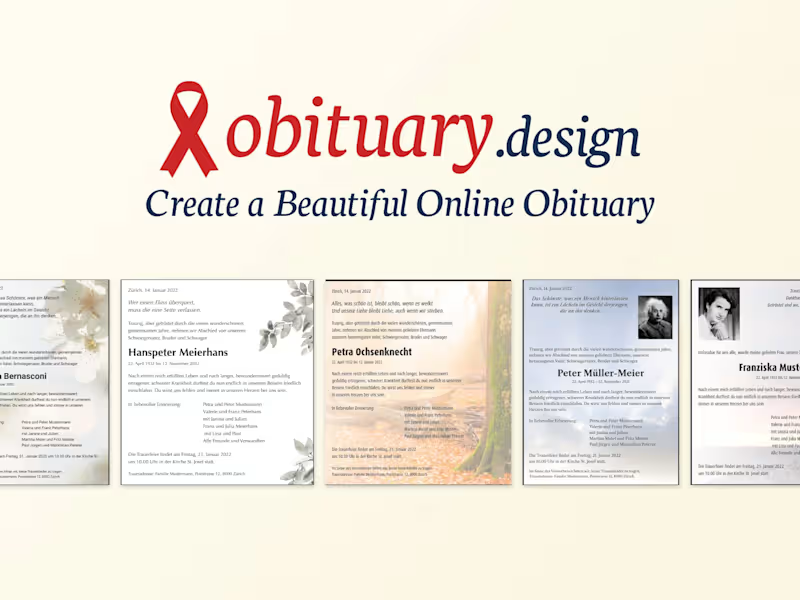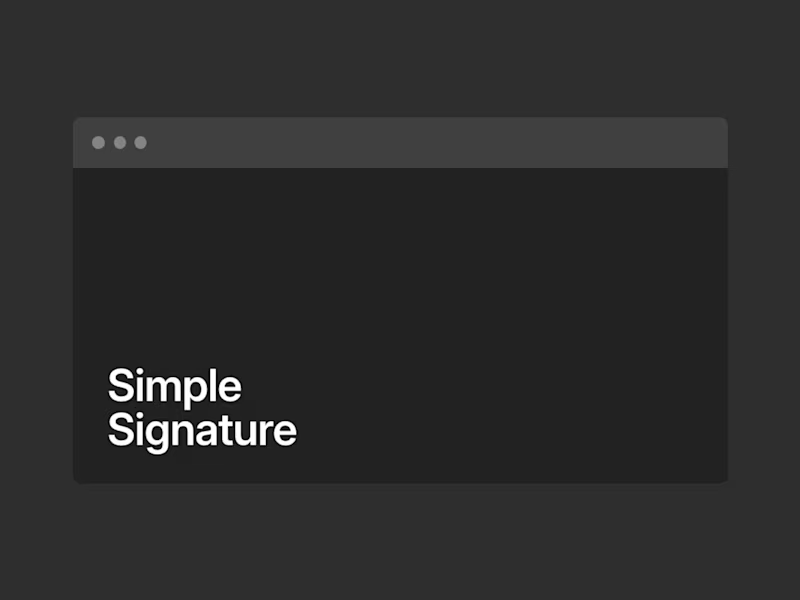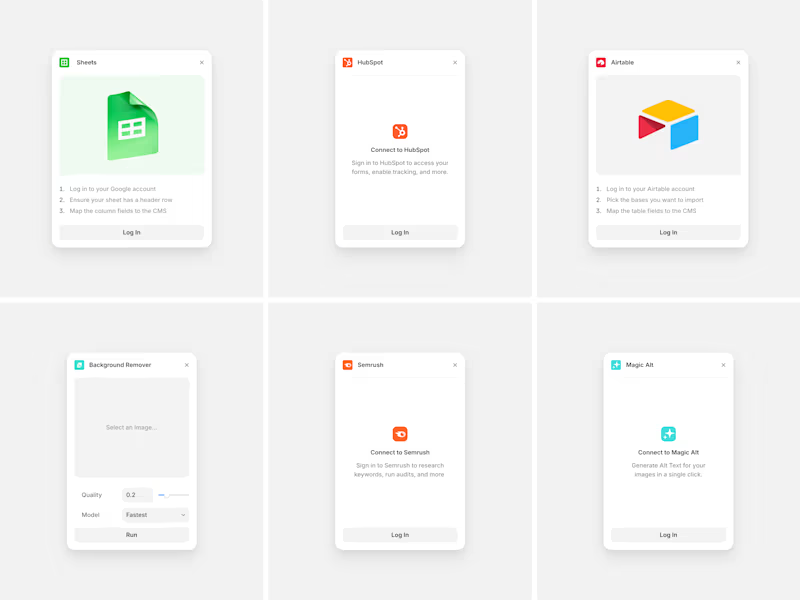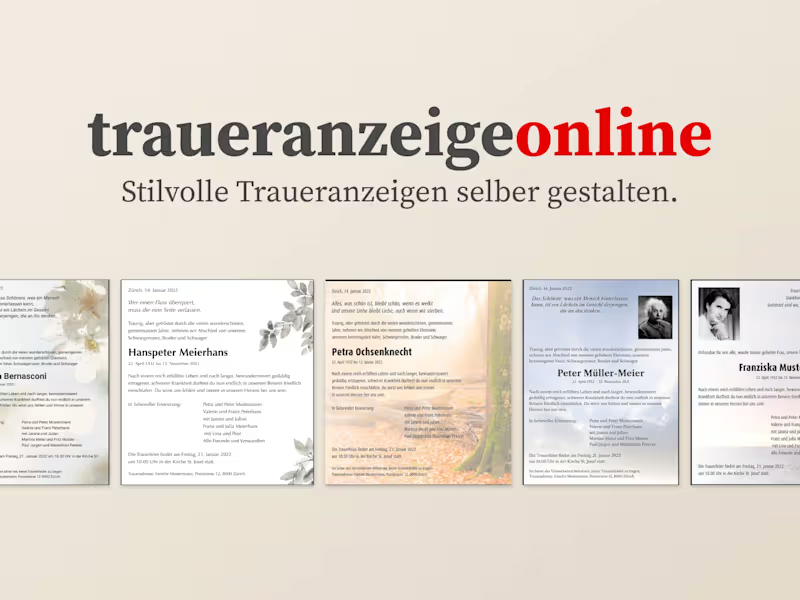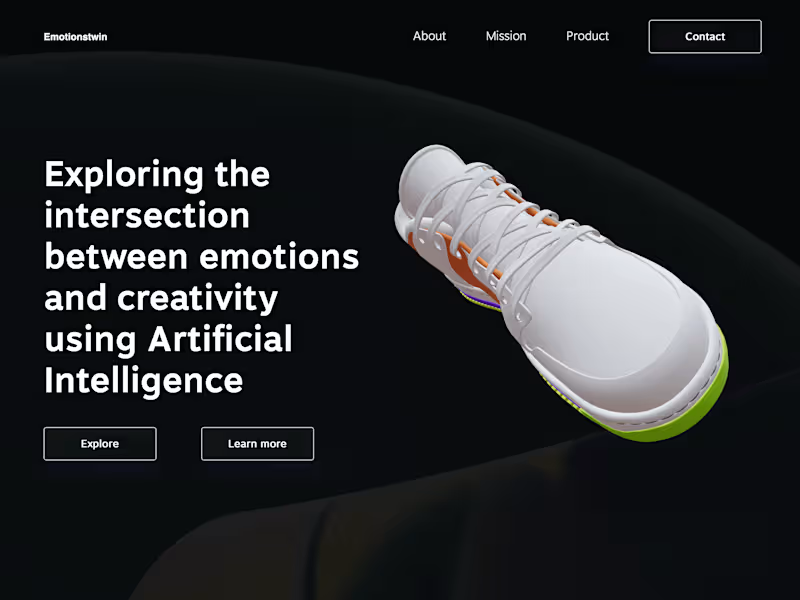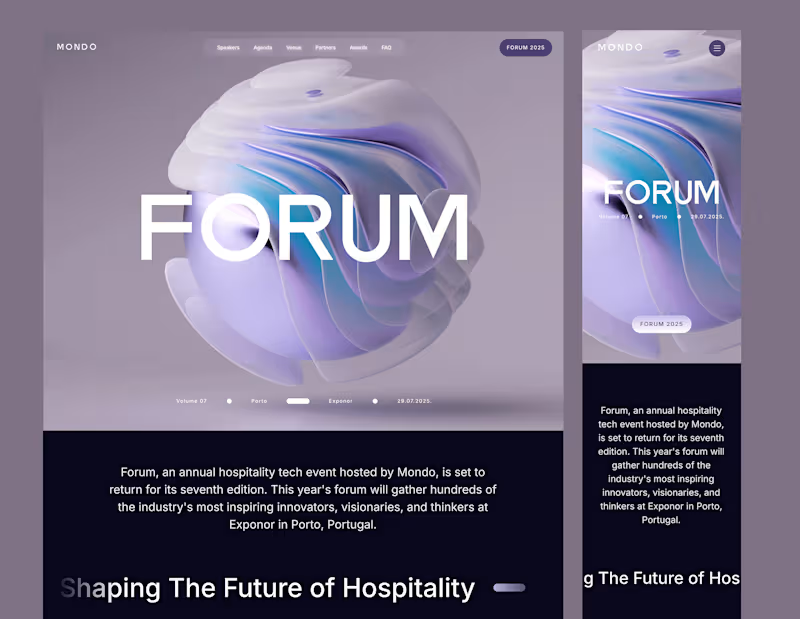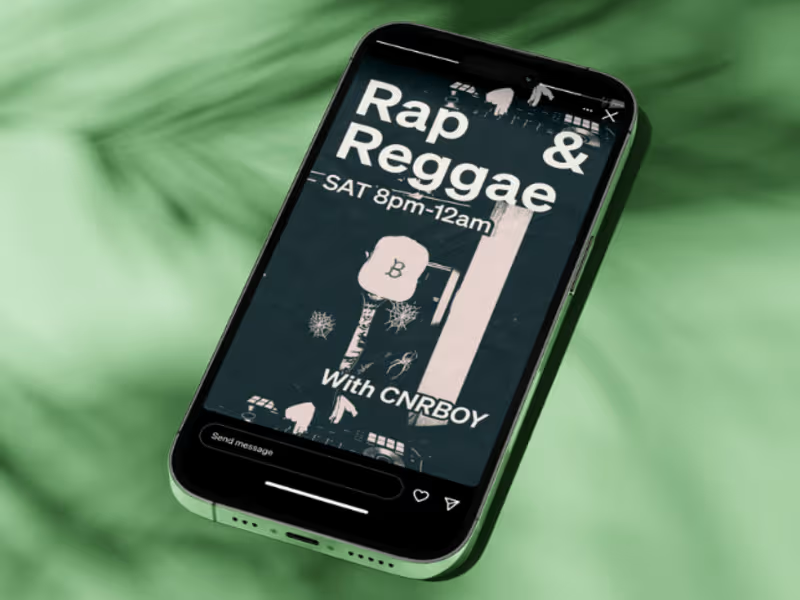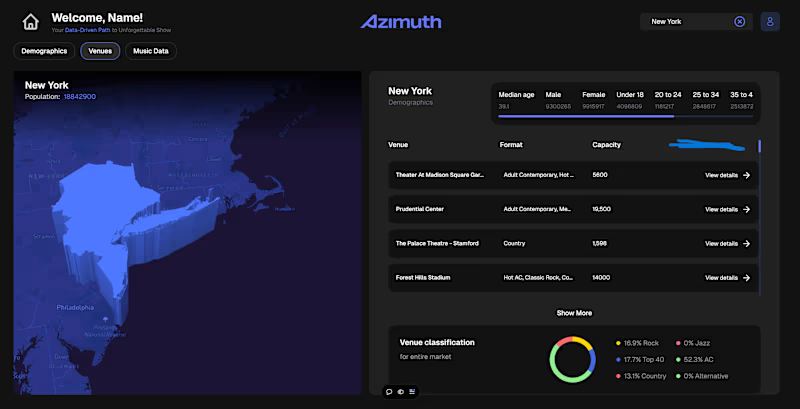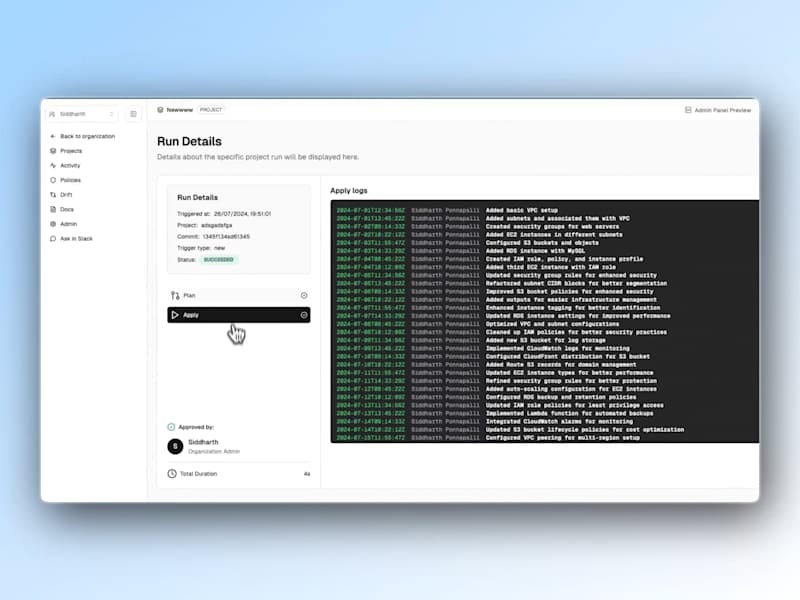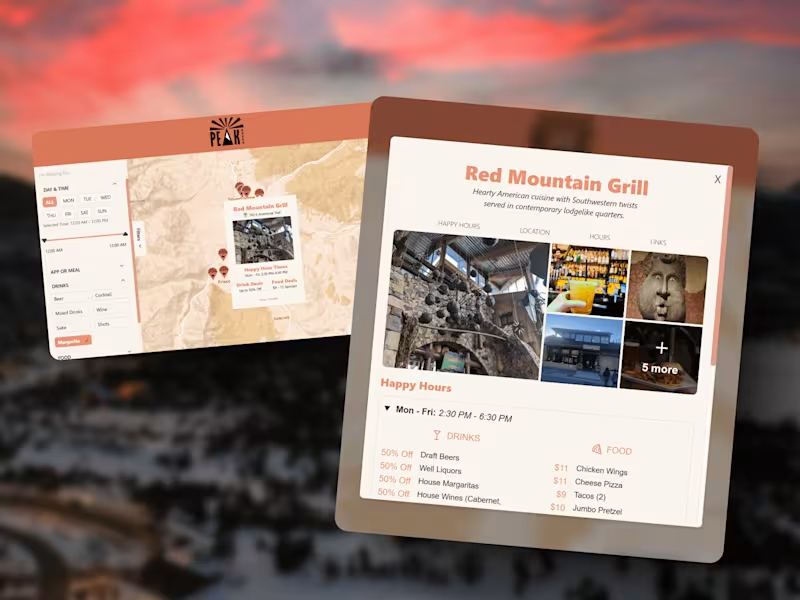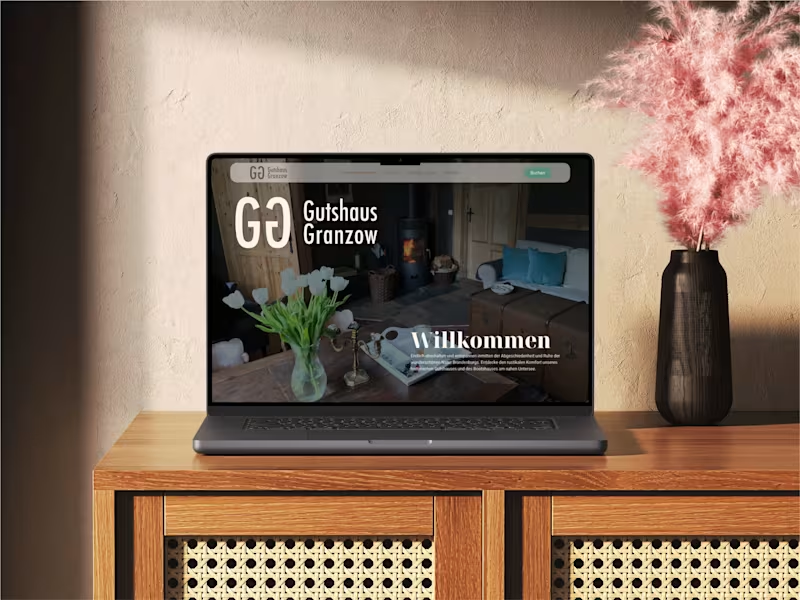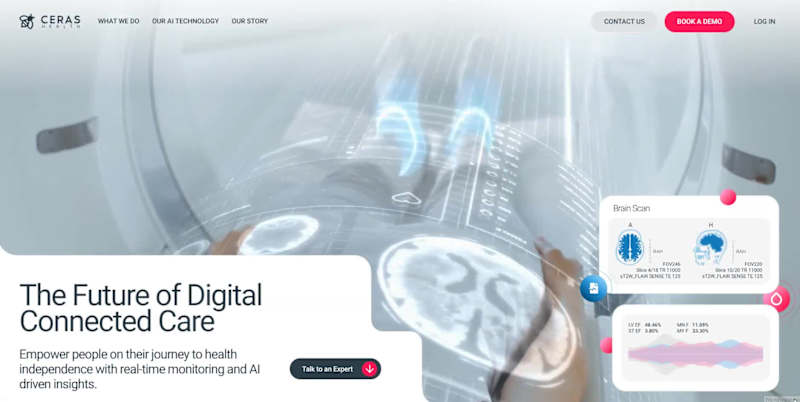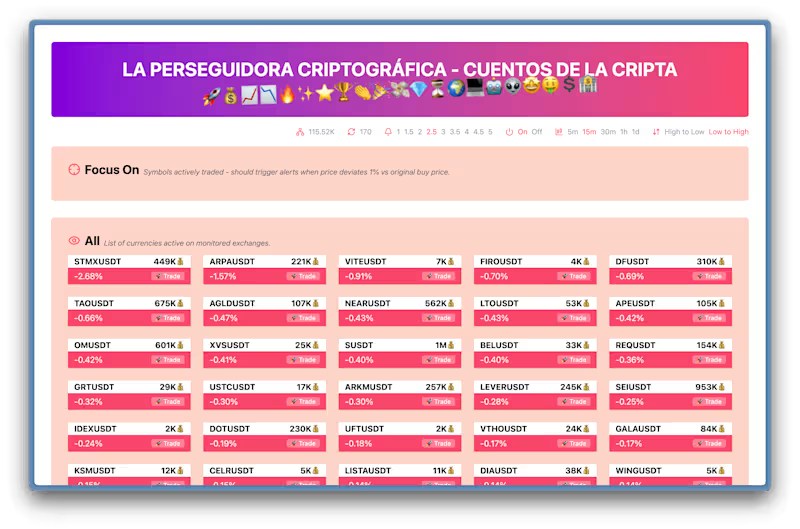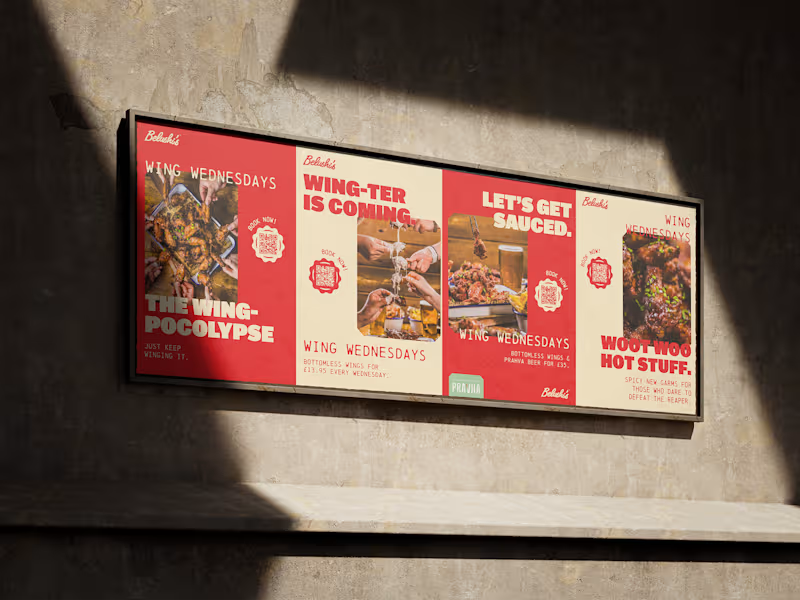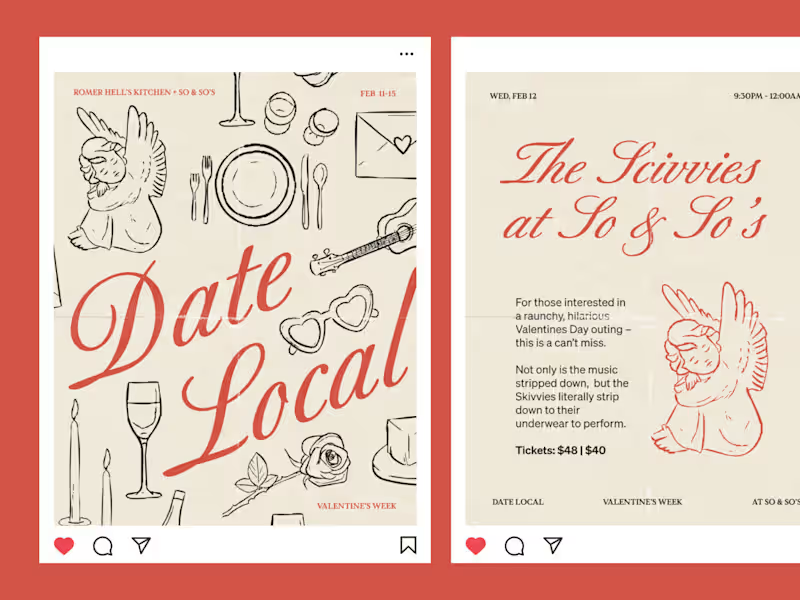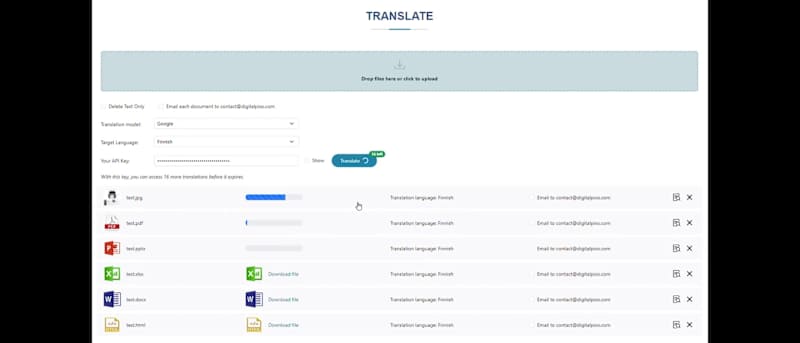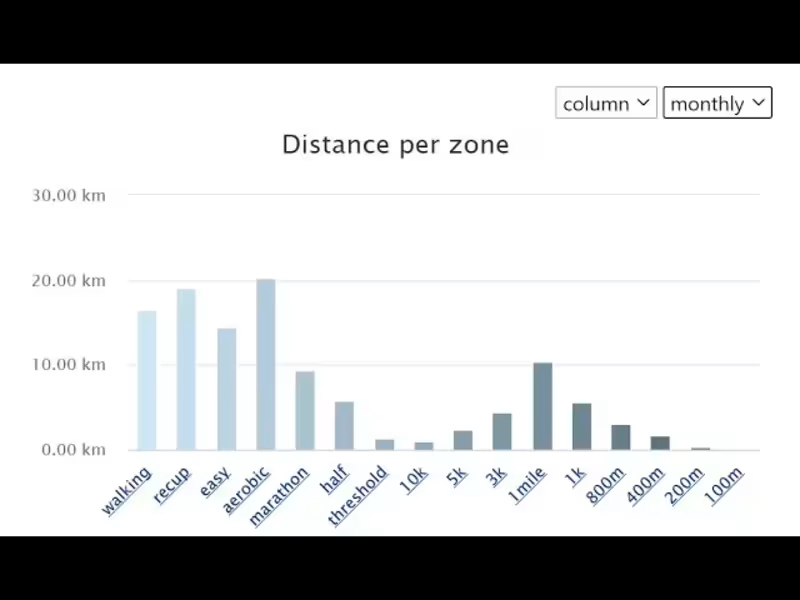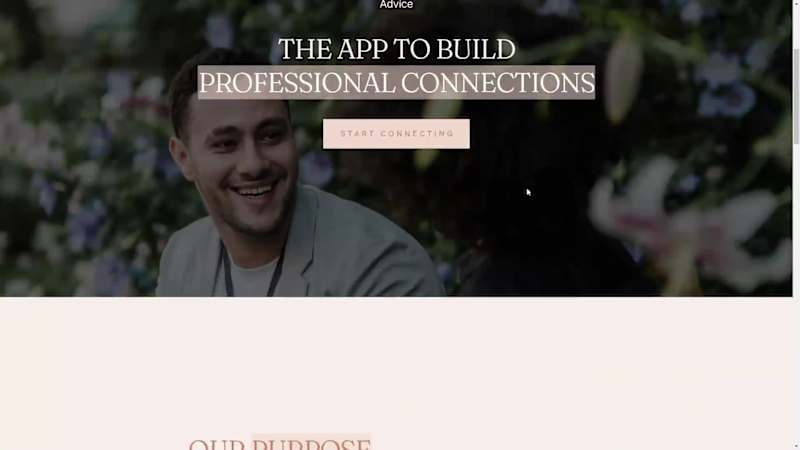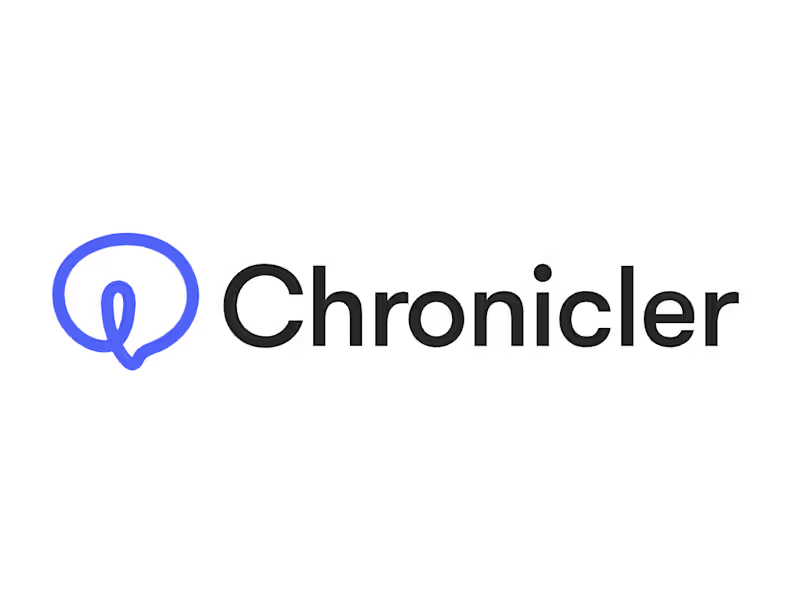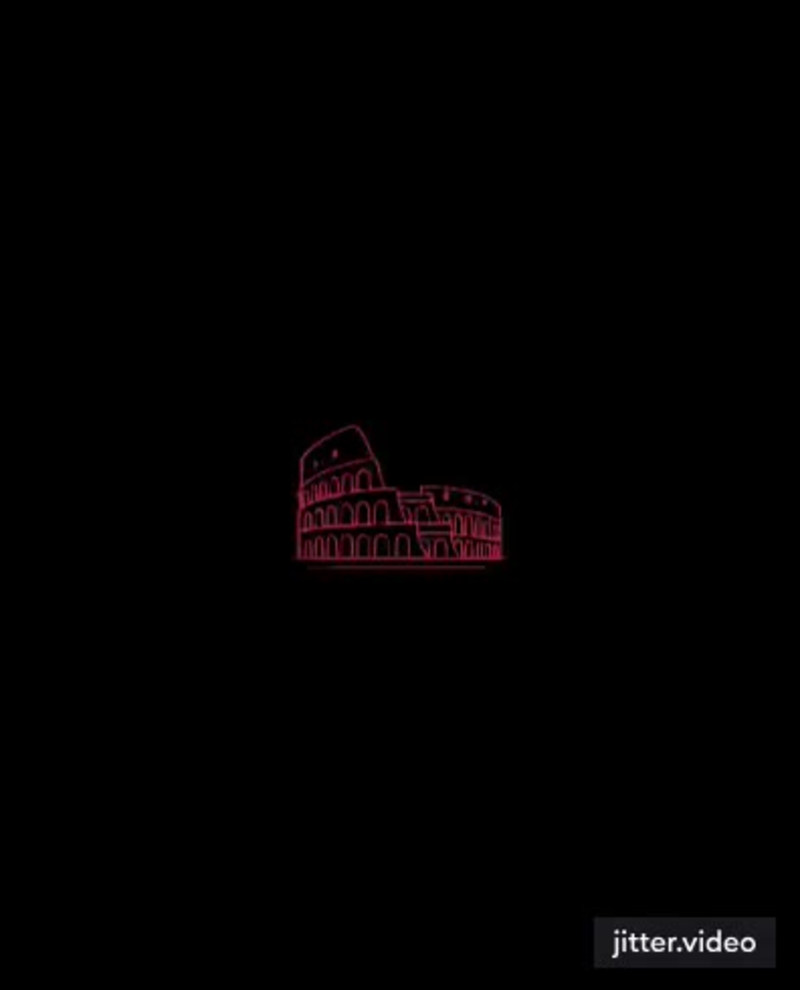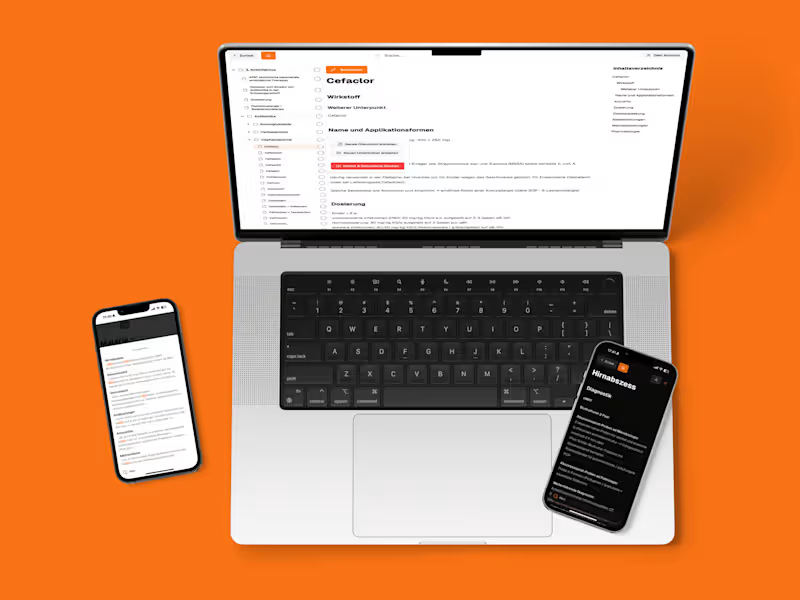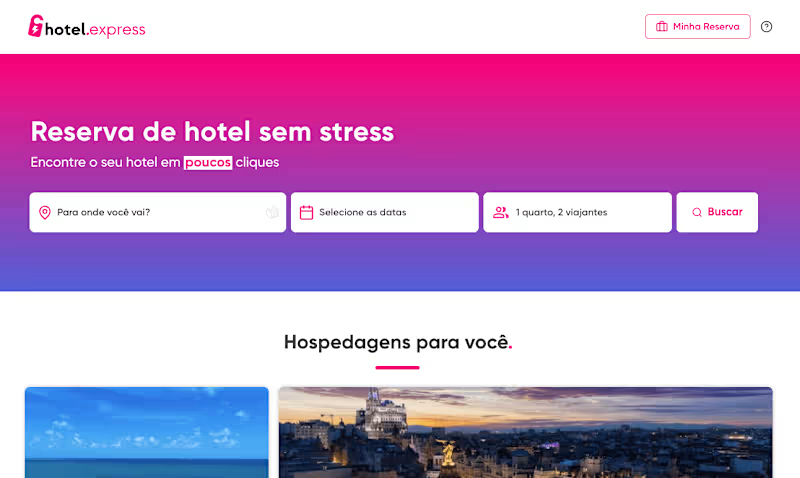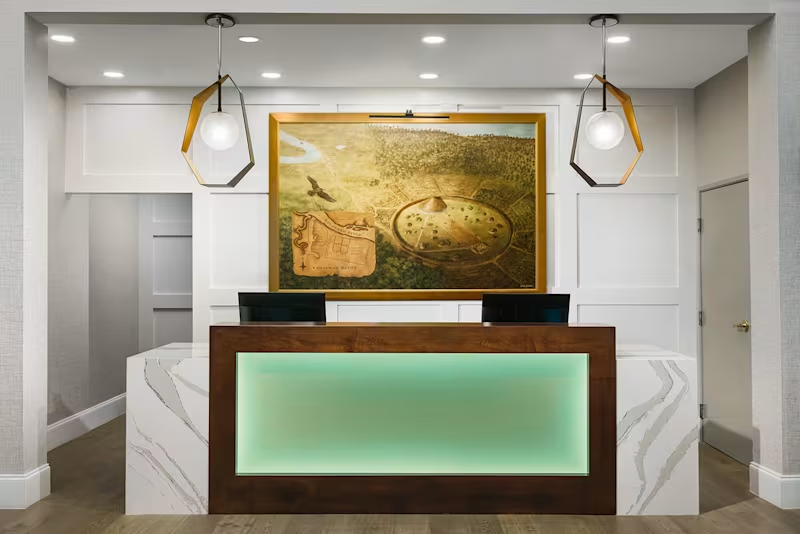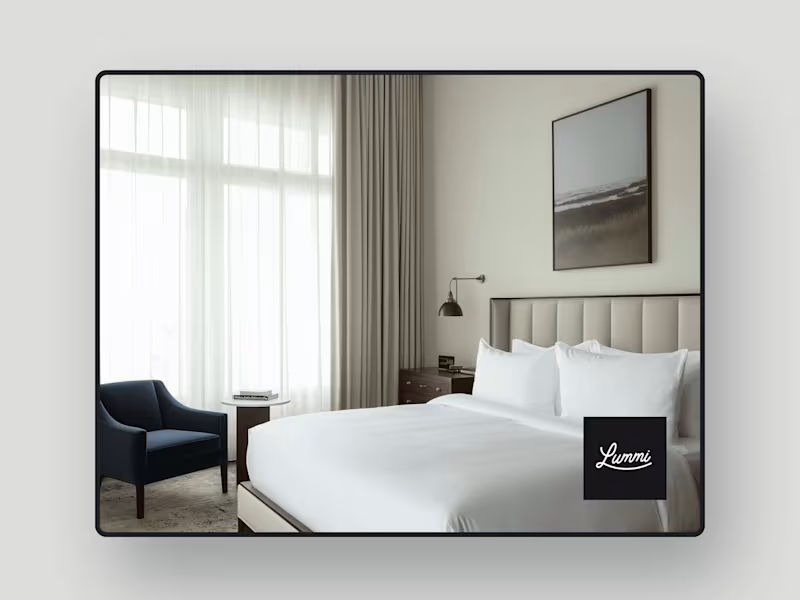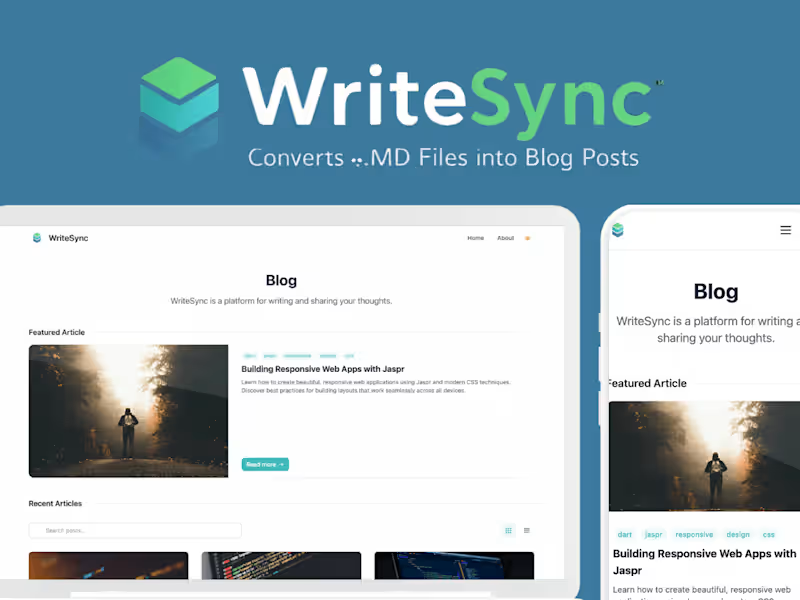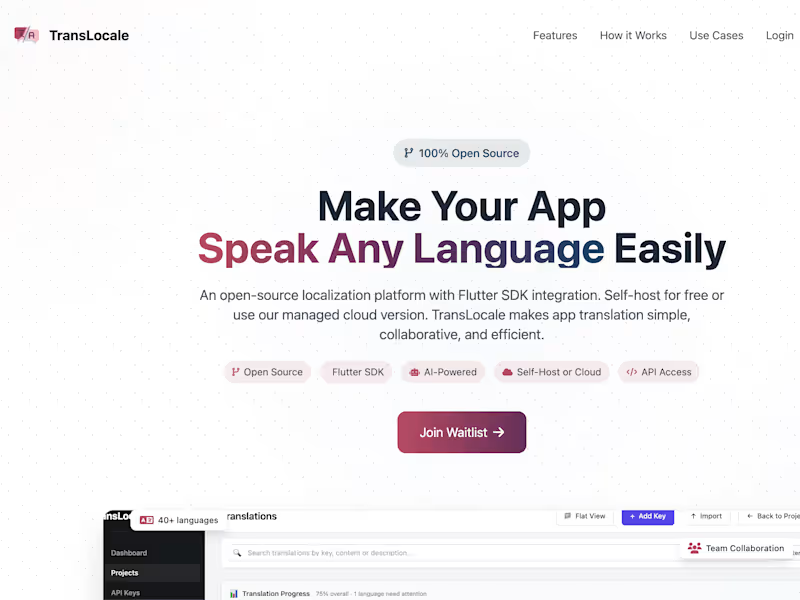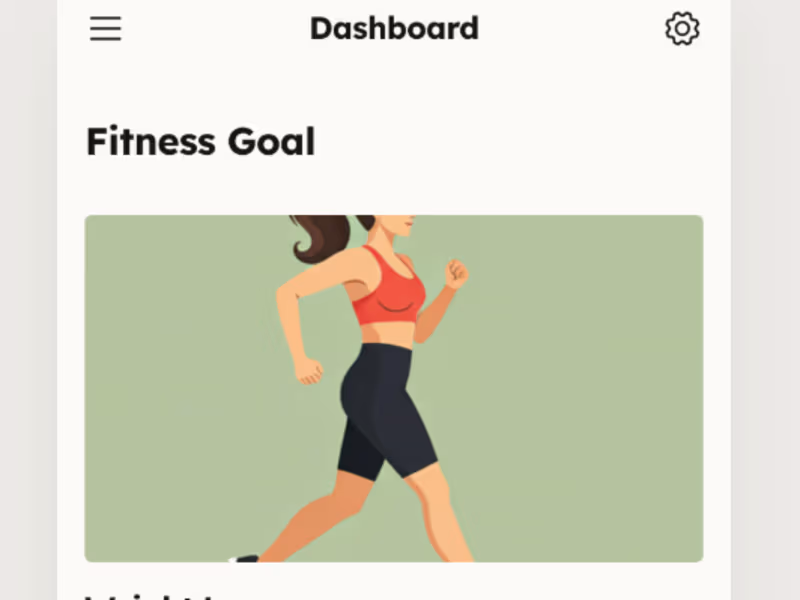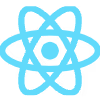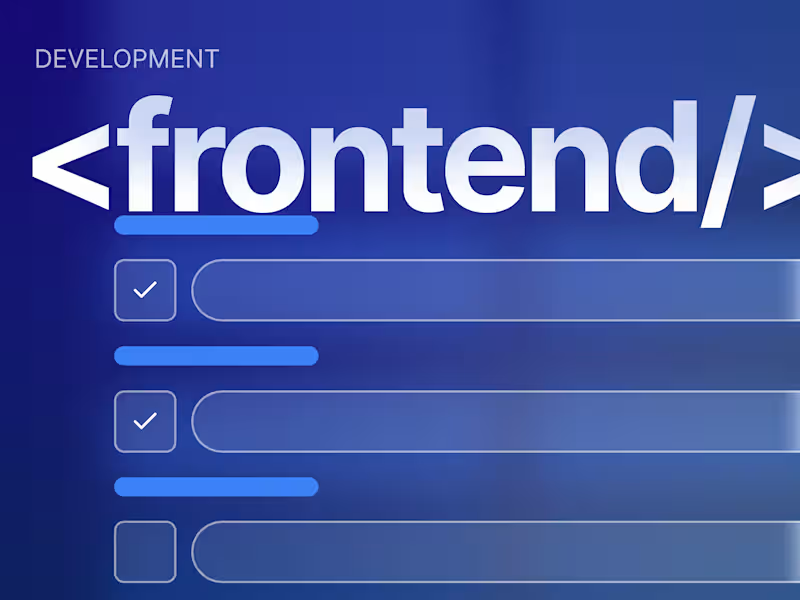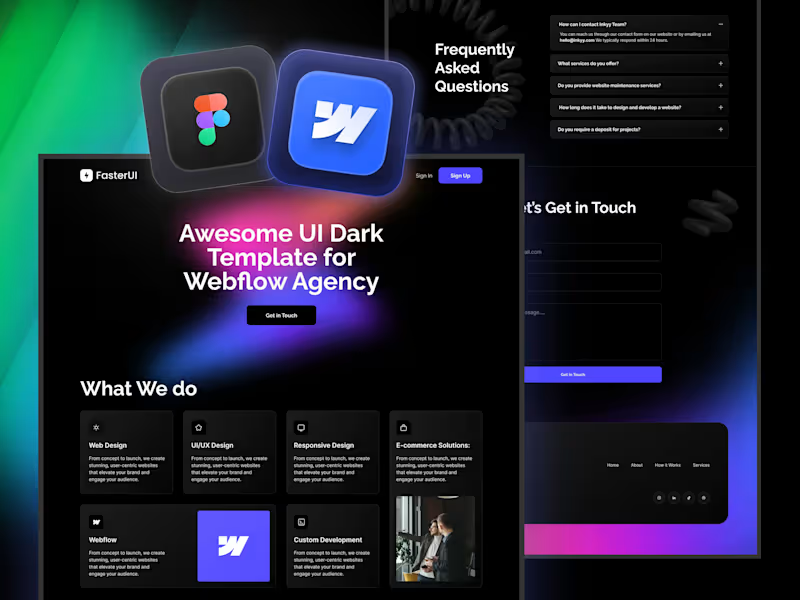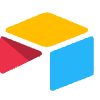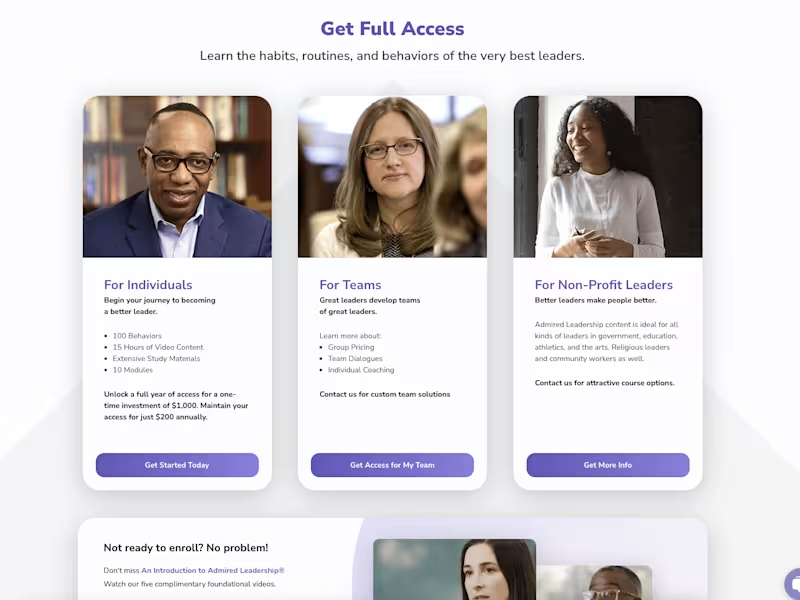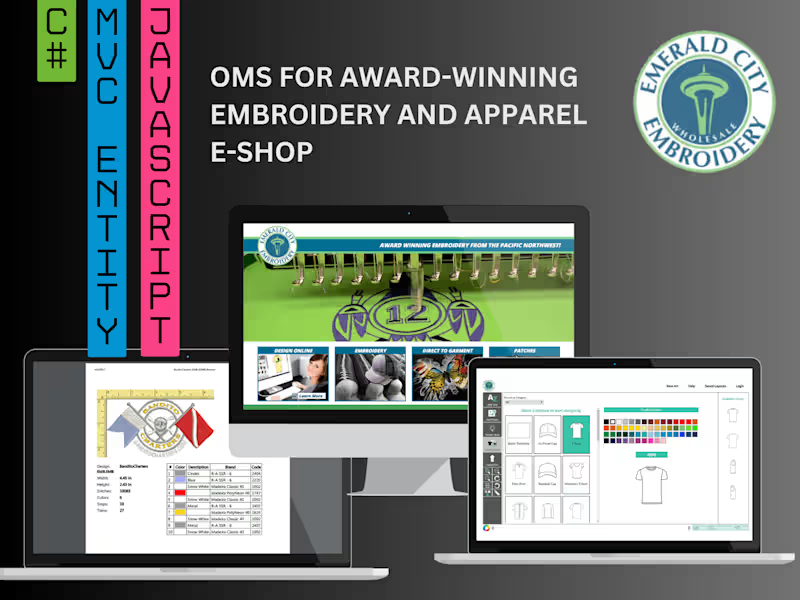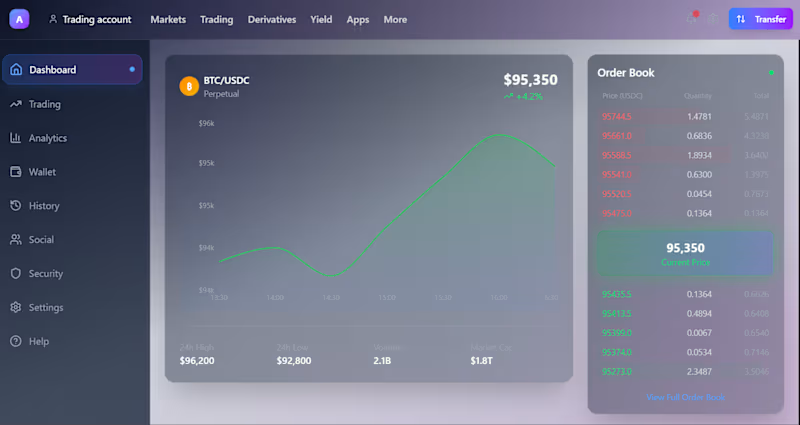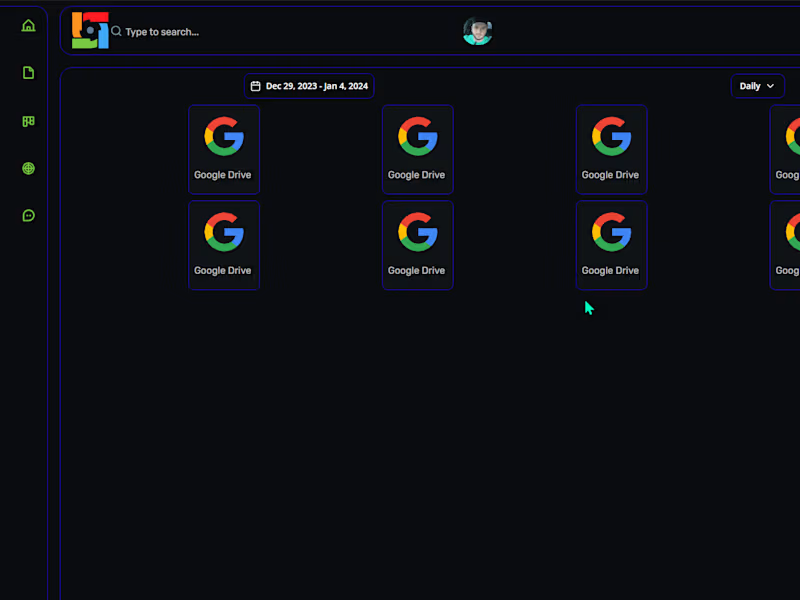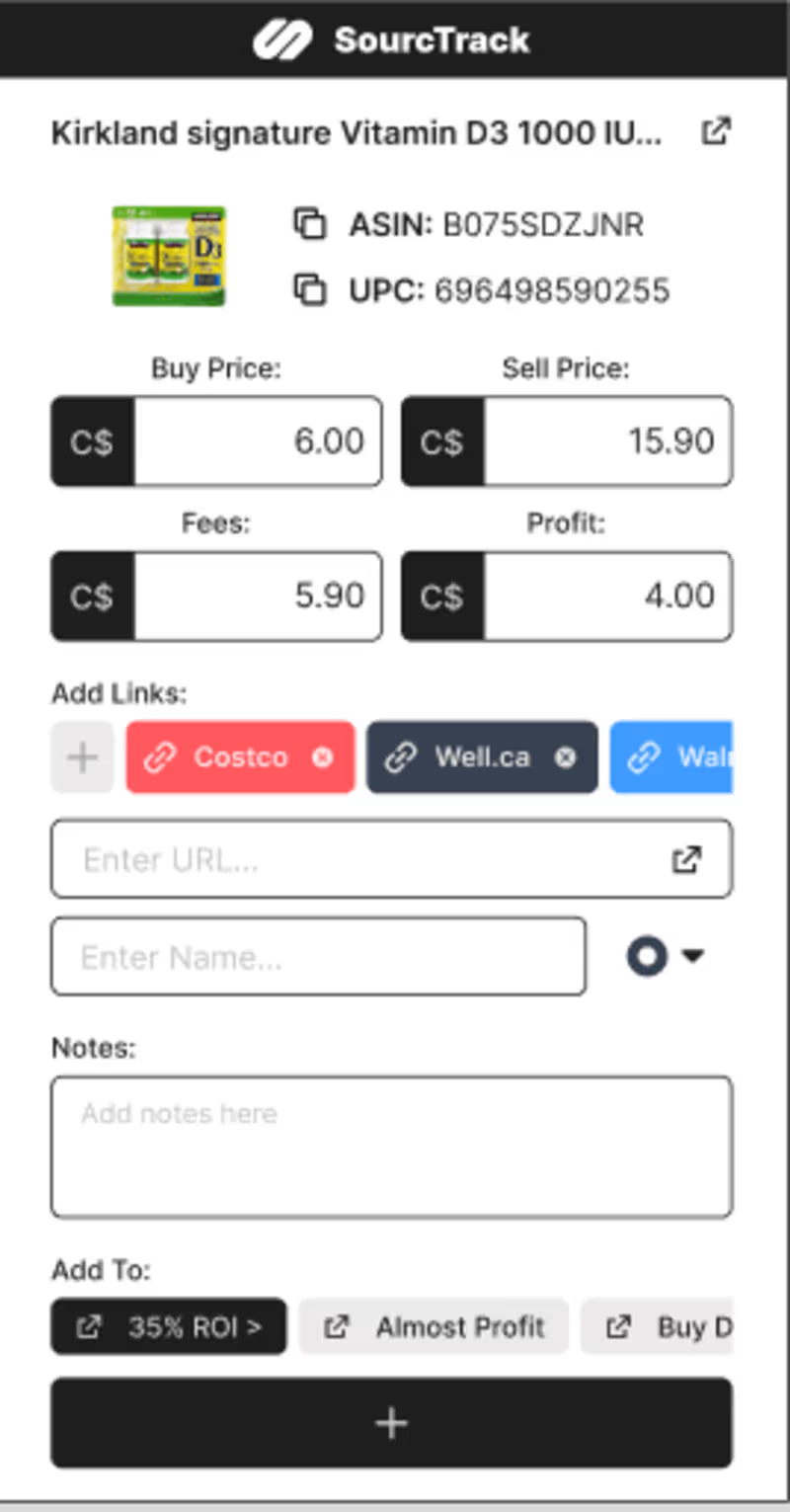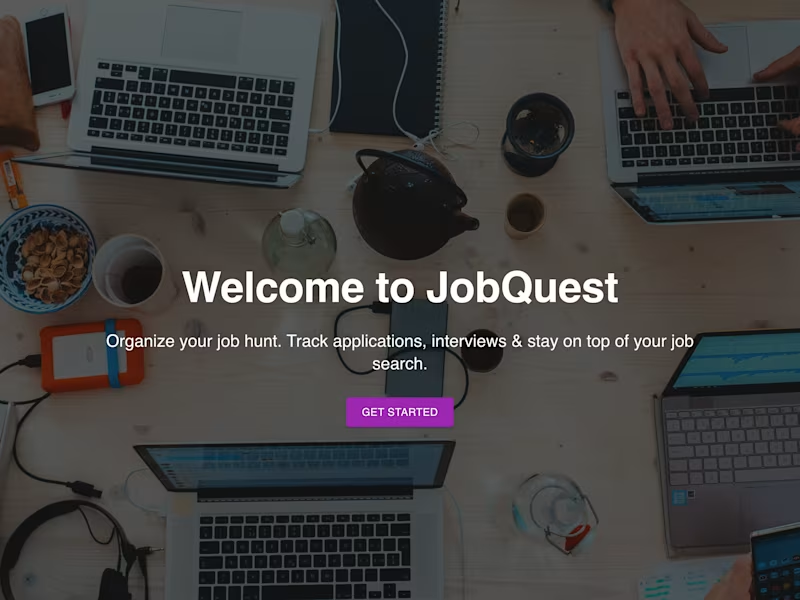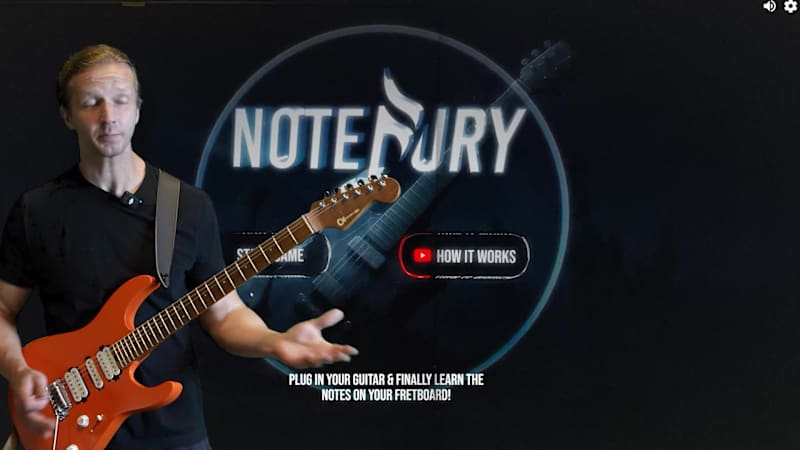What skills should I look for when hiring a freelance fullstack engineer?
A great fullstack engineer needs to know both front-end and back-end development. They should understand languages like JavaScript, HTML, and CSS for the front-end and use things like Node.js or Python for the back-end. They also need to understand databases and how web hosting works. Look for someone who can solve problems and think creatively. Check their past work or portfolio to see what they’ve built before.
How can I make sure the freelance engineer understands my project needs?
Before starting, have a clear plan of what you want your website or app to do. Share all important details and goals with the engineer. It helps to create a document with requirements and features you want. This way, both you and the engineer are on the same page. Ask the engineer to repeat back their understanding to ensure clarity.
What should I discuss in the first meeting with the engineer?
In the first meeting, talk about the project scope and the tasks you want completed. Discuss timelines so you know when each part should be done. It's also good to chat about how often you’ll have updates or check-ins. Make sure you're both comfortable with the tools you'll use to communicate. Discuss what success looks like for this project.
How do I decide on project deliverables with a fullstack engineer?
Project deliverables are like the stepping stones of your project. Decide what the main features are and list them out. Break these into smaller tasks that can be tracked. Agree on which deliverables come at what stages. Be clear on what the final product should look like. This helps in knowing exactly when the project is done.
What milestones should I set for my fullstack project?
Milestones are small goals that help track the project’s progress. Start with a timeline and decide when each part should be finished. Set milestones for things like design completion, front-end and back-end development, and testing. This keeps the project on schedule and ensures everything gets done. Celebrate these milestones to motivate everyone.
How can I ensure smooth communication throughout the project?
Good communication is key to project success. Decide on a primary way to chat, like email or a messaging app. Schedule regular check-ins to discuss progress and any challenges. Be open and honest in your conversations. This helps in quickly solving any issues. Also, be clear about your working hours and response times.
What tools should I use for managing the project with a fullstack engineer?
Use project management tools to keep everything organized. Tools like Trello or Asana can help you track tasks and deadlines. Use a version control system like Git for code management. These tools help everyone see what needs to be done and who is doing it. They are also great for keeping all files and communications in one place.
How do I know if the freelancer's work meets quality standards?
Set clear quality standards before the work begins. Ask for regular updates and demo versions as the project progresses. Test the product yourself or hire a tester to look for any bugs. Make sure the final product functions smoothly and looks good. Comparing their work against your agreed deliverables can also ensure quality.
What should I do to start the project smoothly once I hire a fullstack engineer?
To start smoothly, have a kickoff meeting to review the project details with the engineer. Share all necessary information, like logins and resources. Make sure both of you understand the timeline and deliverables. Set up any tools or accounts you'll use for communication and project management. This makes sure everyone is ready to work efficiently from the start.
How can I keep the project on track and avoid delays with a fullstack engineer?
To avoid delays, agree on a realistic timeline from the beginning. Break big tasks into smaller, manageable steps. Keep communication open so you can quickly address any bottlenecks. Regularly review progress and adjust plans if needed. Remind everyone about deadlines and offer support to overcome any challenges.
Who is Contra for?
Contra is designed for both freelancers (referred to as "independents") and clients. Freelancers can showcase their work, connect with clients, and manage projects commission-free. Clients can discover and hire top freelance talent for their projects.
What is the vision of Contra?
Contra aims to revolutionize the world of work by providing an all-in-one platform that empowers freelancers and clients to connect and collaborate seamlessly, eliminating traditional barriers and commission fees.
- $50k+
- Earned
- 2x
- Hired
- 5.0
- Rating
- 40
- Followers
- $25k+
- Earned
- 20x
- Hired
- 5.0
- Rating
- 84
- Followers
- $25k+
- Earned
- 8x
- Hired
- 5.0
- Rating
- 51
- Followers
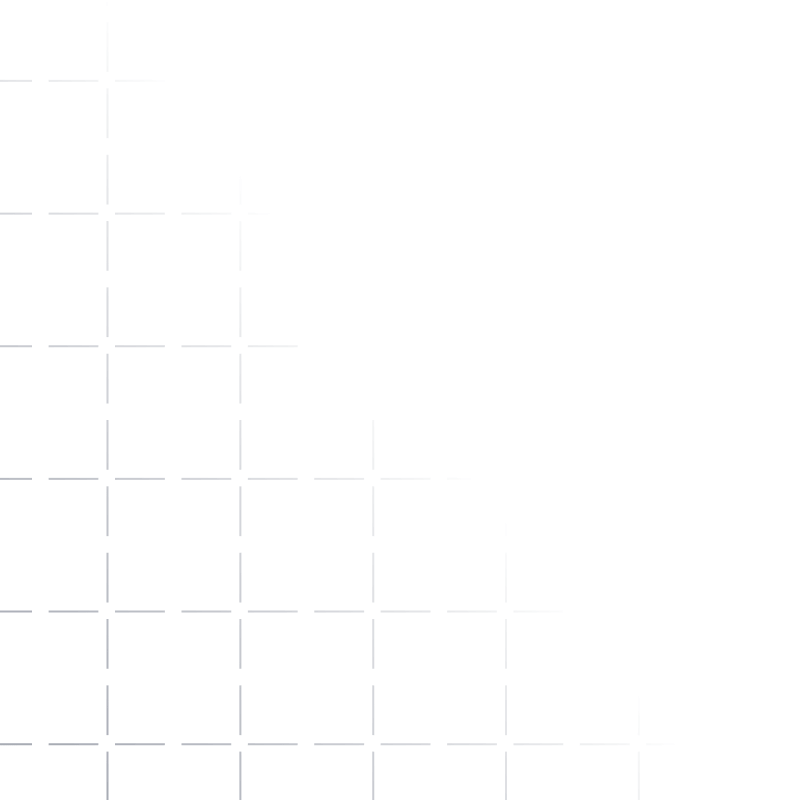
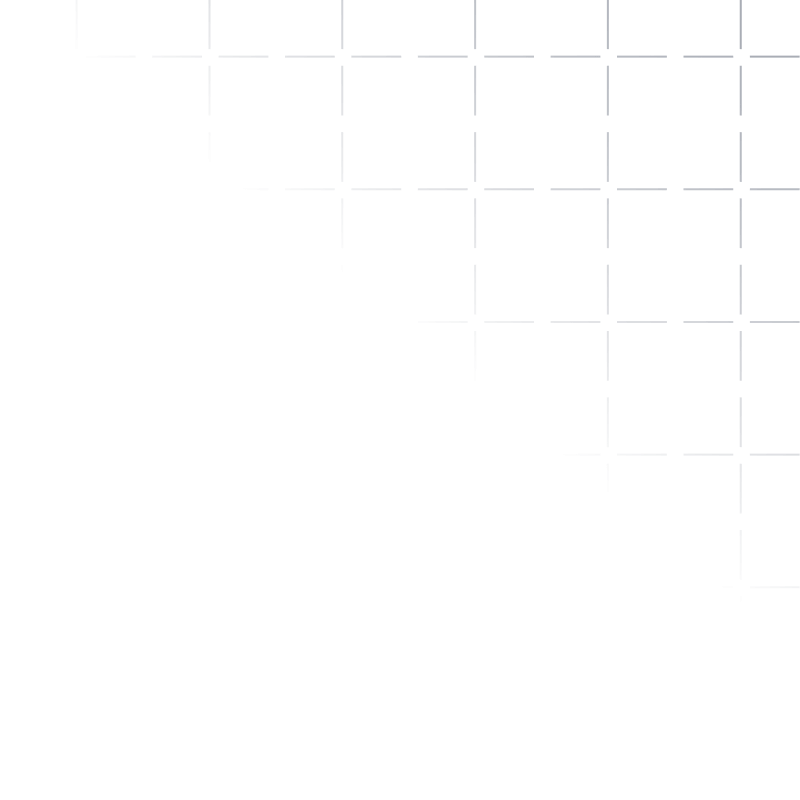




























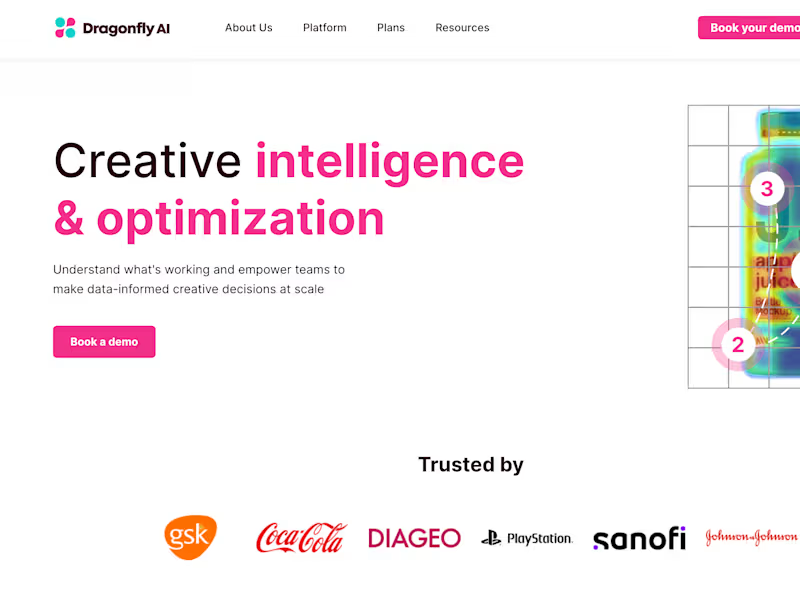
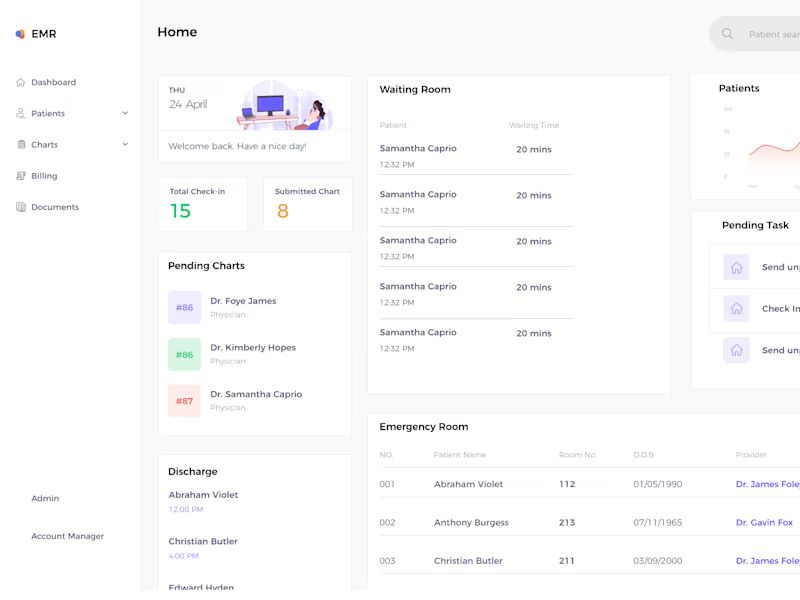
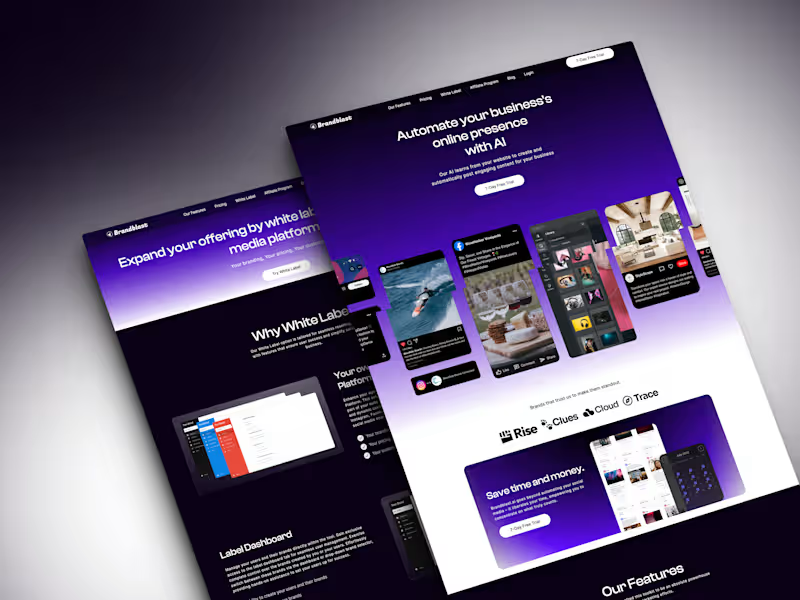

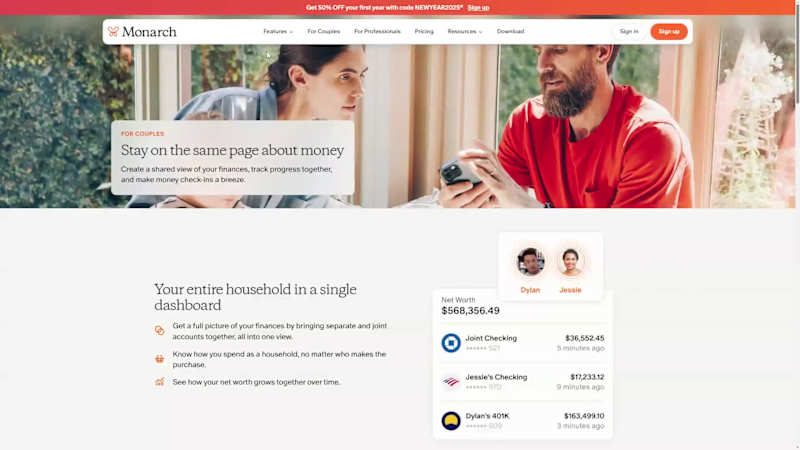
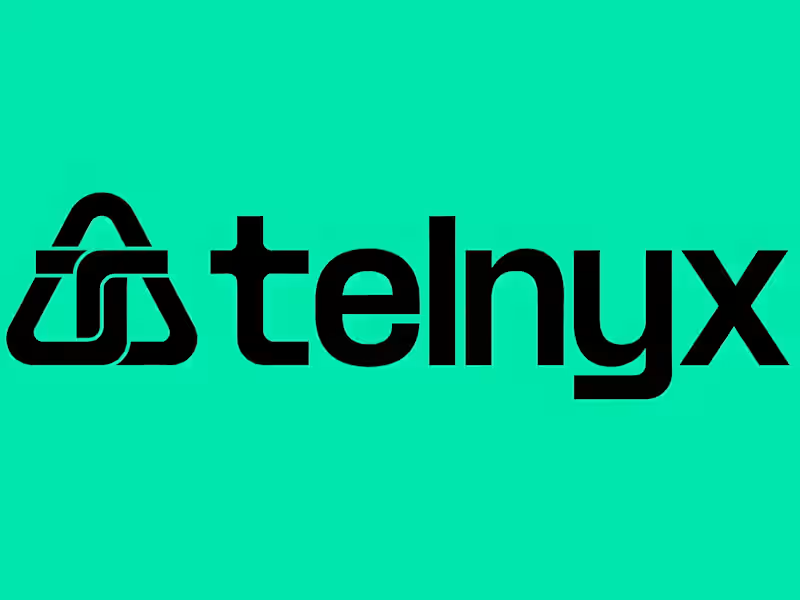
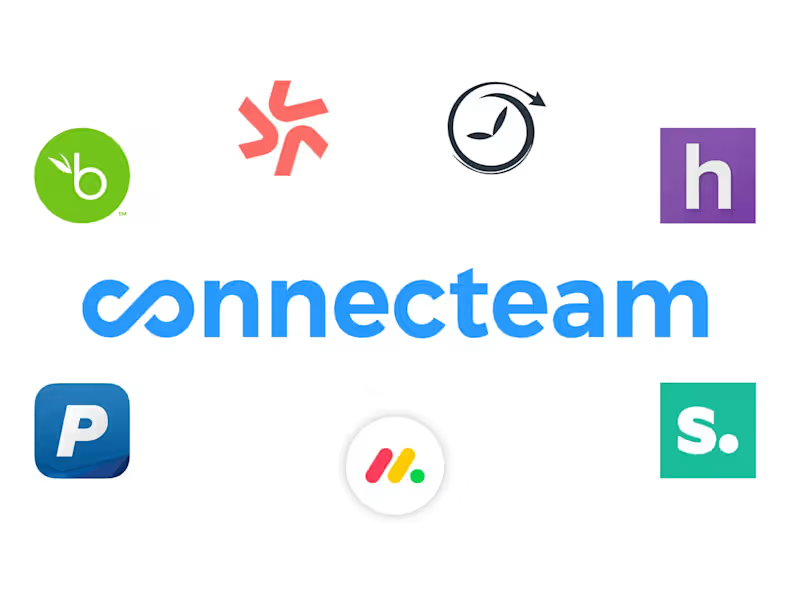
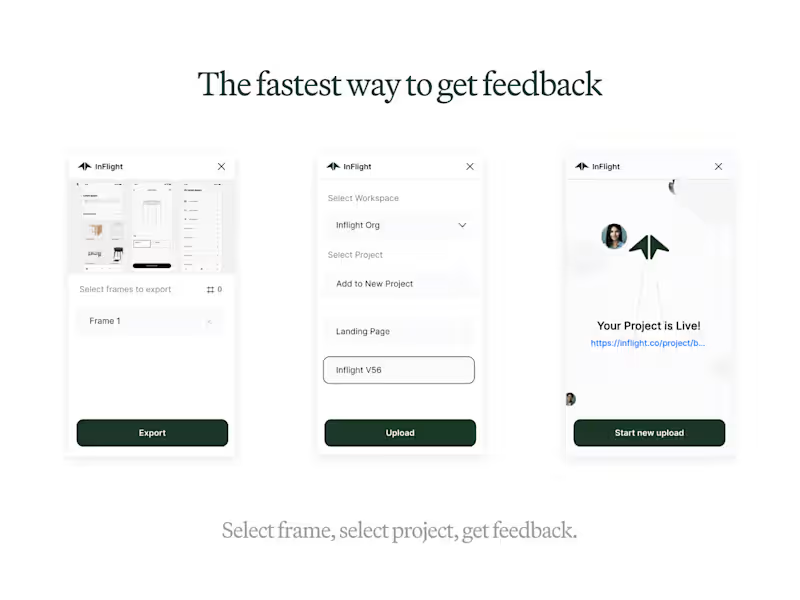

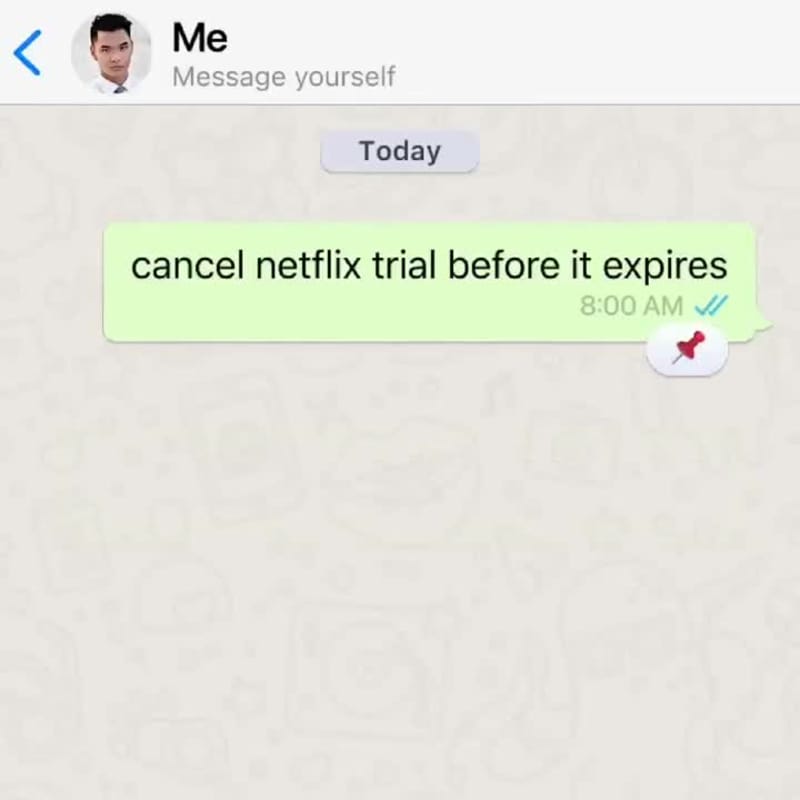
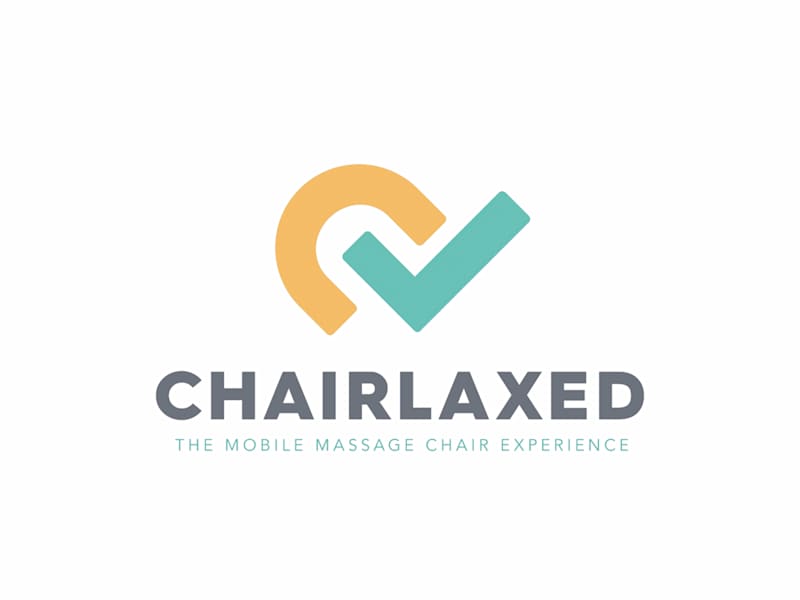
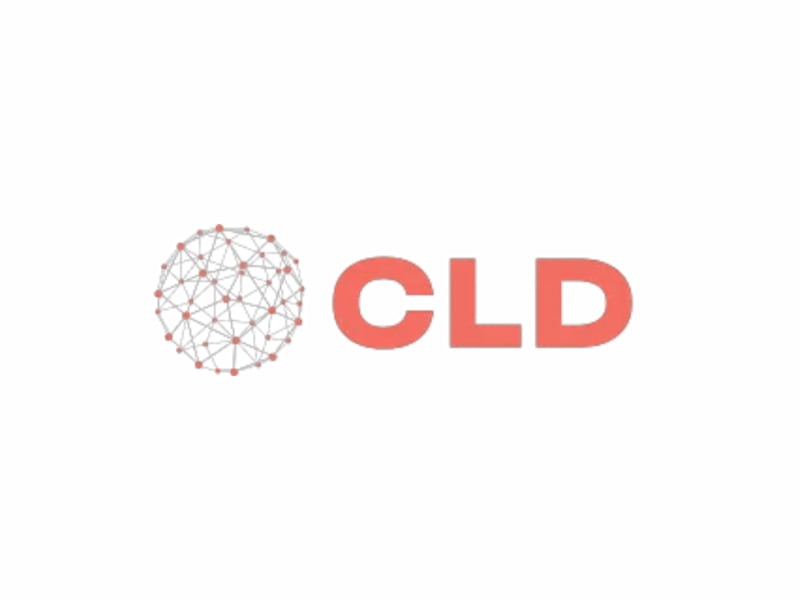
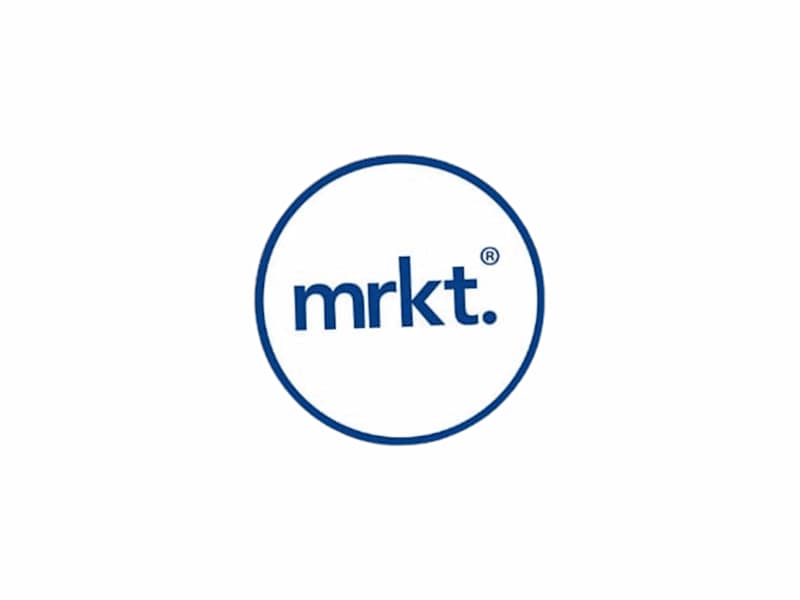

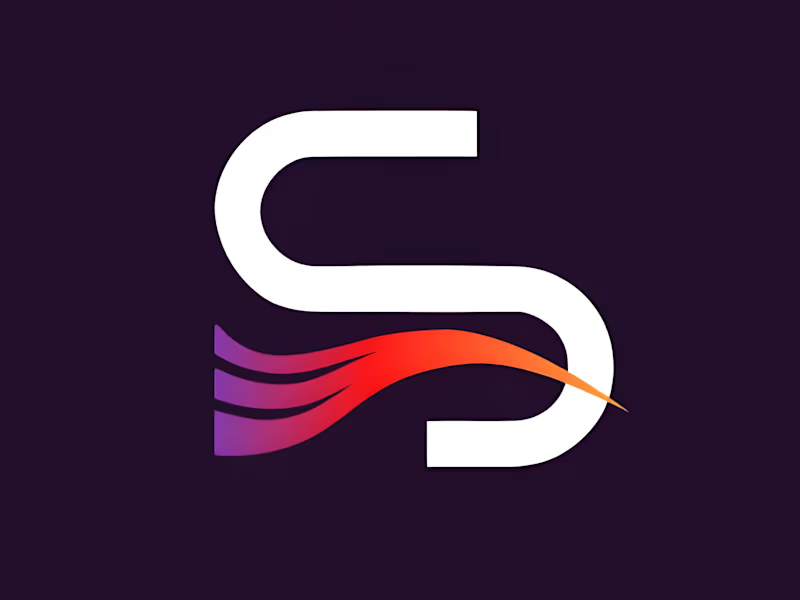
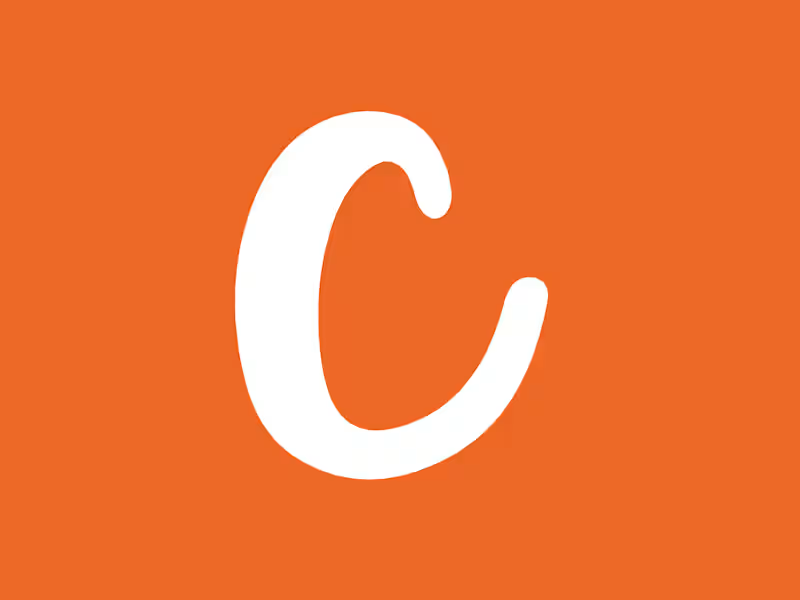
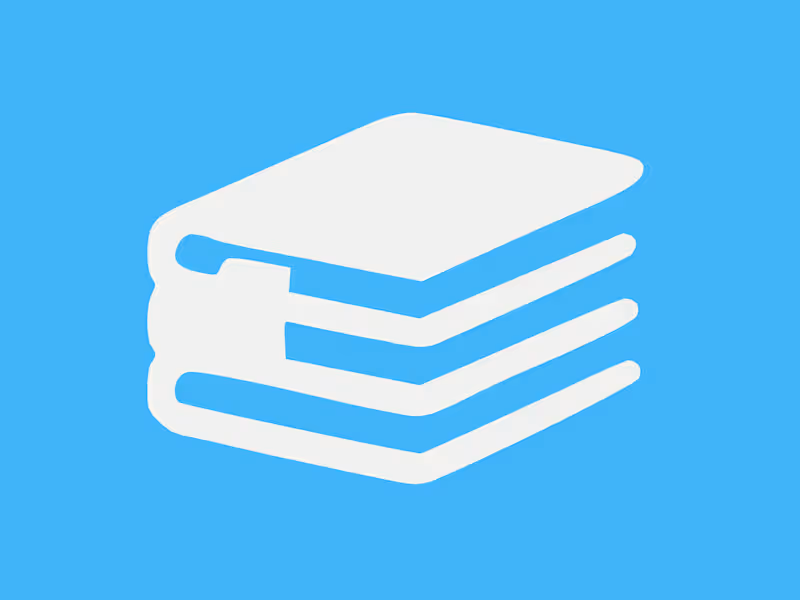
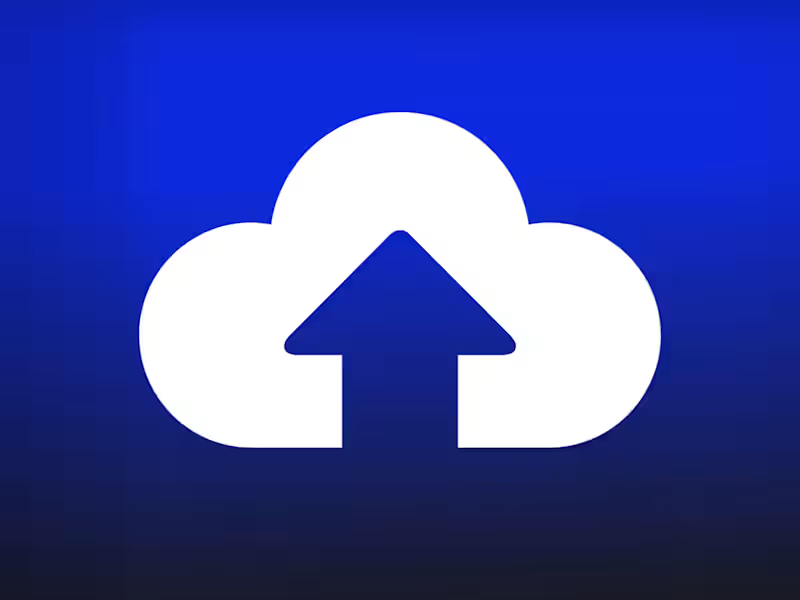











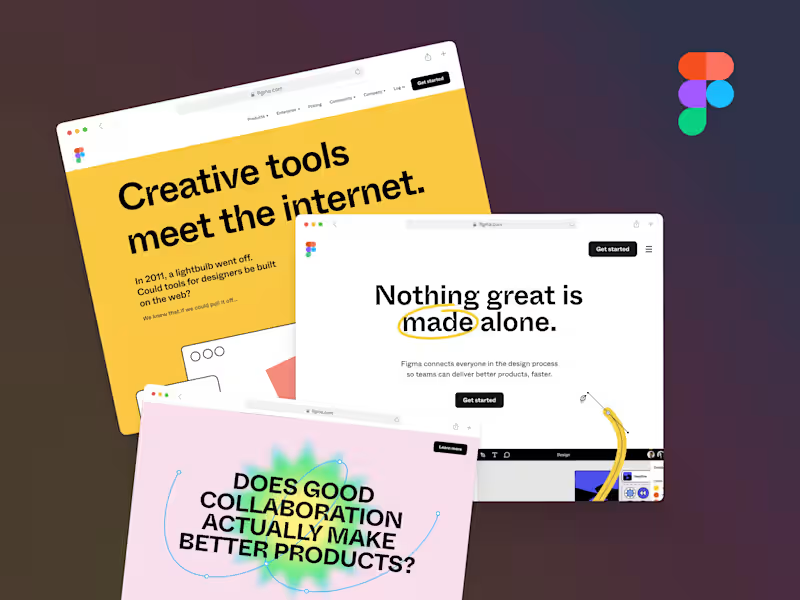
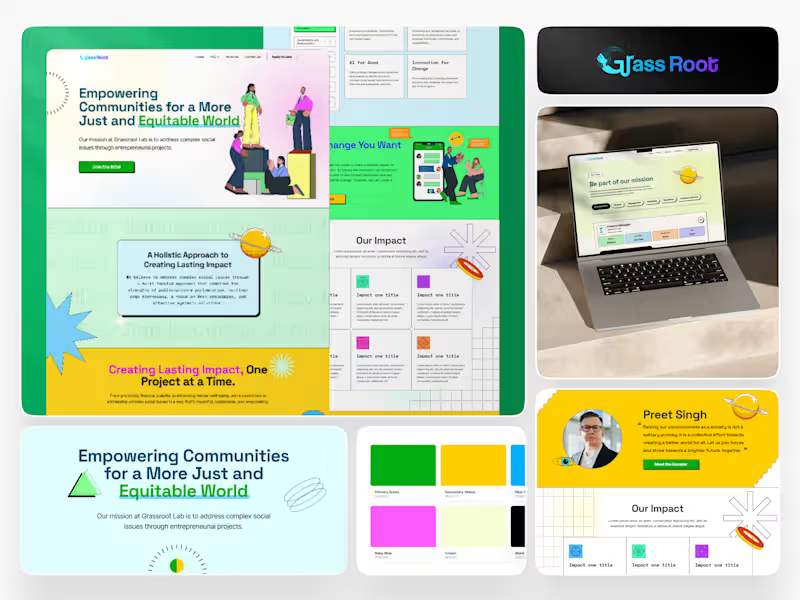

![Cover image for [coming soon] LESI | Website design & development](https://media.contra.com/image/upload/w_800,q_auto/f1lazbkwg5rnk7fu9zdf.avif)
